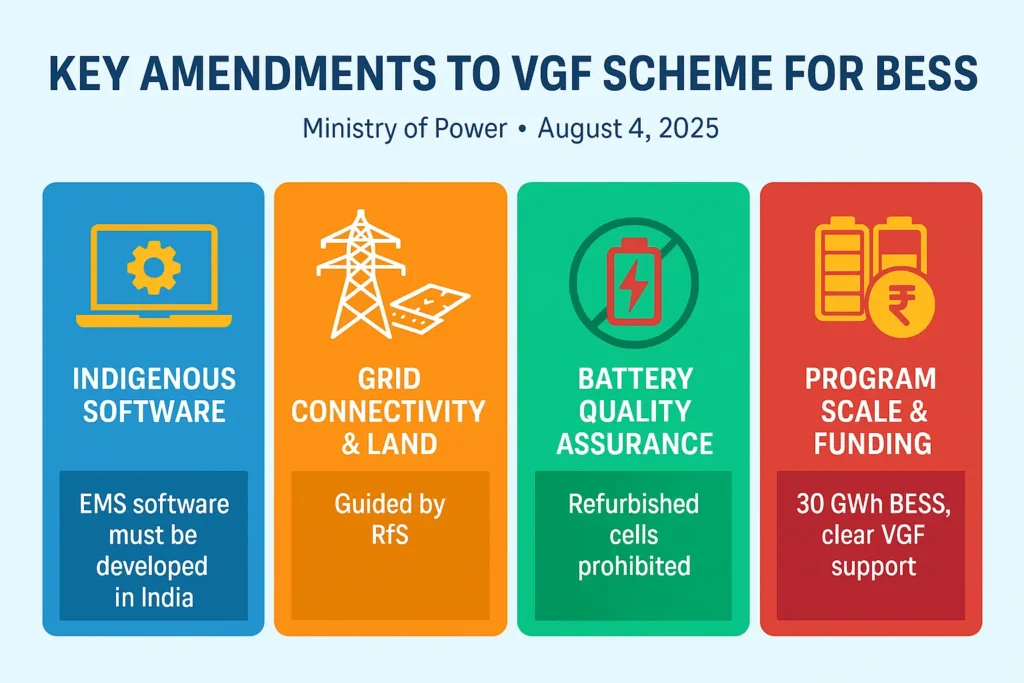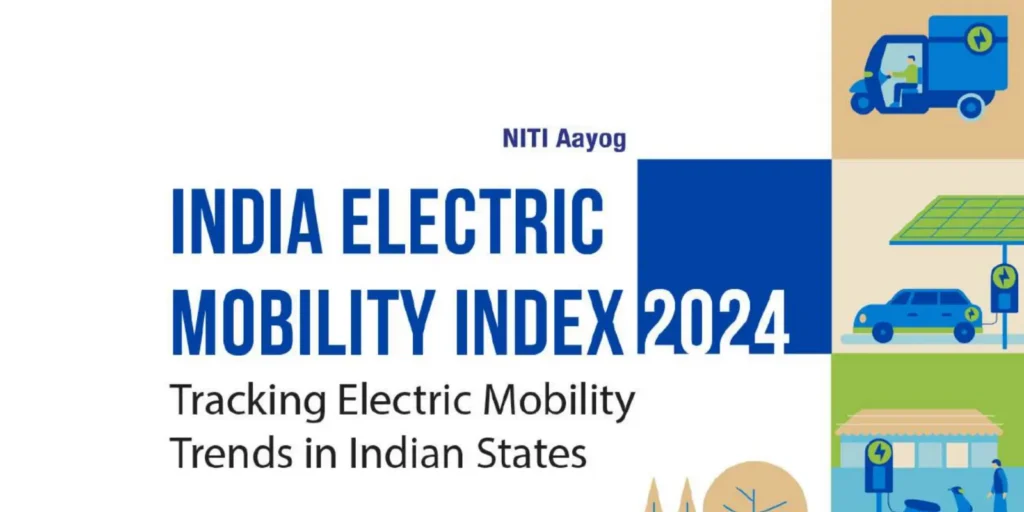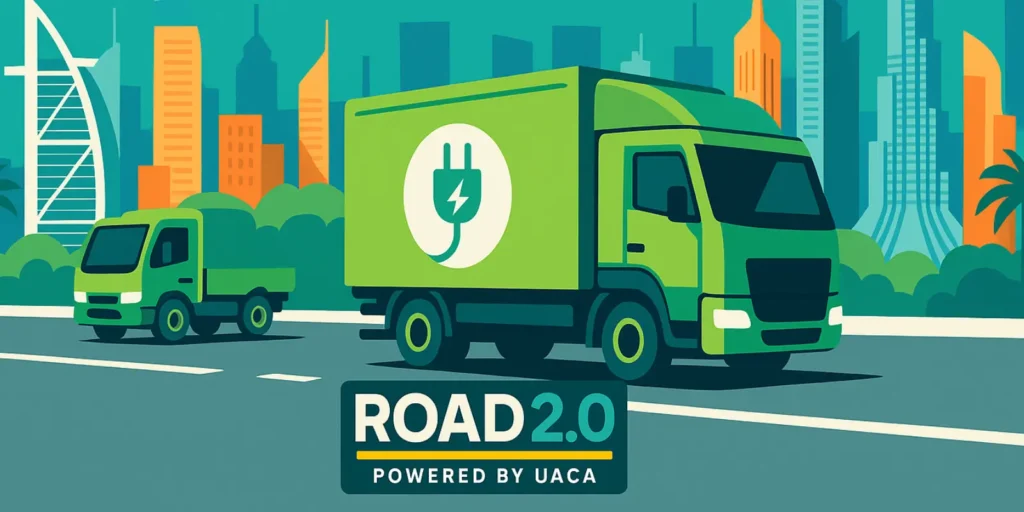
Can you picture a world where EV charging stations are replacing gas stations ? This idea is quickly turning into a real possibility as Europe experiences a growing interest in EVs. To offer EV charging to every EV driver, we require a strong EV charging infrastructure. This is where Alternative Fuels Infrastructure Regulation (AFIR) plays a crucial role.
In 2023, Europe saw a 20% increase in new electric car registrations compared to 2022, with almost 3.2 million new registrations (ref). According to a 2024 Eurobarometer survey, 93% of Europeans now believe climate change is a serious problem. (ref)
Furthermore, government initiatives are accelerating the shift towards EVs. Data shows that 17 European countries currently offer financial incentives for EV purchases (ref). These measures are proving effective, as evidenced by the rising number of EVs on European roads.
However, widespread EV adoption hinges on the development of a robust charging infrastructure. This is precisely where the Alternative Fuels Infrastructure Regulation (AFIR) plays a crucial role, aiming to revolutionize the future of EV charging in Europe.
What is AFIR & Its Goal?
The Alternative Fuels Infrastructure Regulation (AFIR) is a European regulation. It aims to reduce greenhouse gas emissions and achieve climate neutrality by 2050. It was presented in July 2021 and came into effect on April 13, 2024.
AFIR is part of the Fit for 55 package, which aims to reduce emissions by at least 55% by 2030 (ref). It sets mandatory targets for the deployment of alternative fuel infrastructure in the EU for road vehicles, vessels, and stationary aircraft. Some of its goals include:
- It aims to ensure the deployment of a sufficient number of alternative fuel stations (including EV charging stations) across Europe by 2030.
- Maritime ports must provide shore-side electricity for large passenger vessels and container vessels by 2030
- Airports must provide electricity to stationary aircraft at all gates by 2025, and at all remote stands by 2030.
- Targets for recharging infrastructure dedicated to light & heavy-duty electric vehicles
Scope of AFIR
AFIR includes Regulation of
- EV Charging Infrastructure
- Hydrogen infrastructure & hydrogen in ports
- Liquified methane (for trucks)
- Shore-side electricity for aircrafts.
However, this article shall only dive into relevance of AFIR in context of EV Charging Infrastructure. Consequently, while AFIR includes 26 articles, there are 5 articles which are specially relevant for charging infrastructure. These include:
- Article number 3 – Targets for recharging infrastructure dedicated to light-duty electric vehicles
- Article number 4 – Targets for recharging infrastructure dedicated to heavy-duty electric vehicles
- Article number 5 – Recharging infrastructure
- Article number 20 – Data provisions
- Article number 21 – Common technical specifications
Key Elements of AFIR for EV Charging
AFIR outlines several key elements to address the challenges of EV charging infrastructure in Europe. A breakdown of its main focus areas are given below:
Fast charging on the move
Long journeys shouldn’t be hindered by limited charging options. AFIR mandates the installation of high-powered (minimum 150 kW) fast charging stations along major highways (TEN-T network) at regular intervals, no more than 60 kilometers apart by 2026.
This network will further expand by 2028, with stations boasting even greater power output (total of 600 kW). Imagine topping up your EV’s battery in a fraction of the time compared to standard chargers, making long-distance travel with an EV a breeze.
Adhoc Payments
Publicly accessible charging stations must support ad hoc payment. While EVSE less than 50 KW may rely on mobile app or website, e.g. via QR code to accpet payment, EVSE greater than or equal to 50KW must have the support to accept payment cards via internal or outdoor payment terminal.
Further, the customers must be able to overrule automatic authentication, example auto-authentication taking place through AutoCharge or Plug&Charge.
Smart Charging
All public charging stations must be digitally connected latest by 14 October 2024. All public charging stations must be capable of smart charging. While the new ones setting up after 14 April 2024 have to be compliant with Smart Charging, the already installed EVSE’s have time till 14 October of 2024 to comply for the same.
Wider availability of public charging
AFIR recognizes the need for convenient charging options beyond highways. It requires an increase in the total number of public charging stations, ensuring greater accessibility in both urban and rural areas. This will make charging your EV easier than ever, whether you are running errands in the city or exploring the countryside.
Future-proofing for all vehicles
While the initial focus is on car charging, AFIR acknowledges the growing demand for electric vehicles of all sizes. The regulation lays the groundwork for addressing the charging needs of larger electric vehicles like trucks and buses in the long run.
This ensures a complete and future-proof charging infrastructure that can accommodate the evolving landscape of electric transportation.
Benefits of AFIR for EV Charging in Europe
AFIR promises a brighter future for electric vehicles in Europe by addressing key concerns surrounding charging infrastructure. Here is how it will benefit both drivers and the environment:
Reduced range anxiety
One of the biggest worries for EV drivers is running out of power before reaching a charging station. AFIR tackles this issue head-on by mandating a significant increase in both fast chargers and public stations. With more options readily available, drivers can confidently embark on longer journeys without the fear of being stranded.
Boosting EV adoption
A convenient and accessible charging network is crucial for widespread EV adoption. AFIR paves the way for this by making charging easier than ever. This can encourage more people to switch to electric vehicles, leading to a cleaner transportation landscape across Europe.
Cleaner transportation for all
The ultimate goal of AFIR is a significant reduction in harmful emissions. Widespread EV adoption, fueled by a robust charging network, will contribute to cleaner air and a healthier environment for everyone in Europe.
Potential Challenges and Considerations Of AFIR
While AFIR presents a significant opportunity for Europe’s transition to electric vehicles, some challenges need to be addressed:
Funding the future
Building a vast charging network requires substantial investment. This includes upgrading the power grid to handle the increased electricity demand from EVs and constructing new charging stations. Collaboration between governments, private companies, and energy providers will be crucial to secure the necessary funding.
Powering up the grid
A significant concern is ensuring the electricity grid can handle the surge in demand from a growing number of EVs. Upgrading the grid infrastructure will be essential to ensure smooth implementation of AFIR and avoid overloading the current system.
Future of EV Charging in Europe
The Alternative Fuels Infrastructure Regulation (AFIR) marks a turning point for EV charging in Europe. By mandating a wider network of charging stations, including powerful fast chargers along major routes, AFIR promises a future with greater ease of access and convenience for EV owners.
Finding a charging station will become significantly easier, with more options available in both urban and rural areas. This eliminates the worry of running out of power before reaching a charger, thus providing a sense of security and reliability for drivers.
Additionally, shorter waiting times will be a major benefit of the increased number of charging stations. The ability to top up your battery in a fraction of the current time will make charging EVs as convenient as refueling gasoline vehicles.
This improvement is crucial for promoting the adoption of electric vehicles, as it addresses one of the primary concerns of potential EV buyers which is range anxiety.
Looking beyond AFIR, advancements in charging technology hold even greater promise. Ultra-fast charging stations, capable of charging batteries in mere minutes, could become a reality in future. It will significantly enhance the efficiency of the charging process.
Additionally, wireless charging, where your car automatically charges simply by parking in a designated spot, could further enhance the user experience by making the process seamless and effortless.
The Final Thoughts
In conclusion, AFIR lays the groundwork for a user-friendly and comprehensive EV charging network in Europe. This, combined with future advancements in charging technology, paves the way for a cleaner and more sustainable transportation future. By addressing key challenges and improving the infrastructure, AFIR ensures that the transition to electric vehicles is both practical and appealing to consumers.



